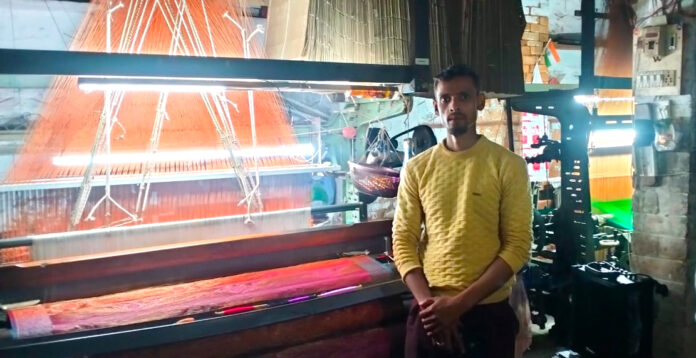Pavan Kumar Maurya, TwocirCles.net
Varanasi (Uttar Pradesh): The plight of artisans in Bajardiha, the hub of Banarasi saree weaving in Prime Minister Narendra Modi’s parliamentary constituency of Varanasi, is seemingly neglected. Forget about the basic civic amenities and health and educational infrastructures, the area, which is located about 10 km west of the prestigious Banaras Hindu University (BHU) with a population of over 1 lakh, 90% of which is Muslim, has been struggling for nearly a decade to preserve its identity and save the weaving art.
Notably, Banarasi sarees prepared by the weavers here have been awarded a GI (Geographical Indication) tag in 2024. The Uttar Pradesh government claims that it is making all possible efforts to secure a global identity for the artform through the ODOP (One District, One Product) initiative. However, despite this promotion, the weavers’ problems remain unchanged.
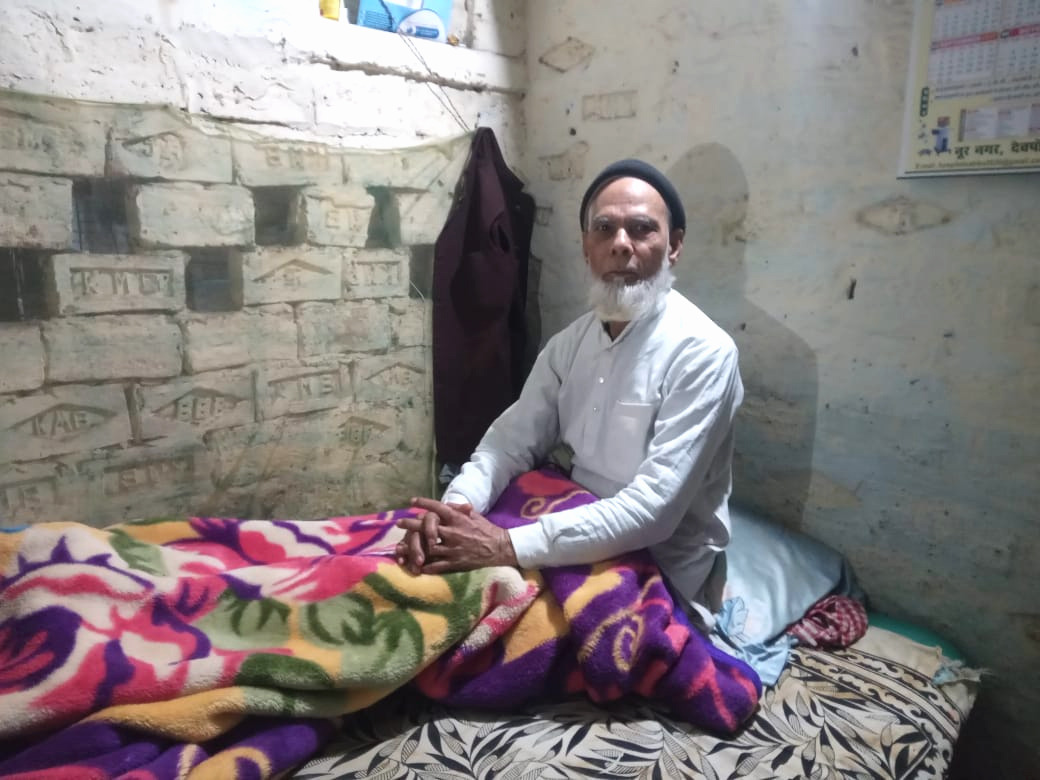
The situation of weavers here has been particularly impacted in the past decade: first, due to fewer orders, they have to allegedly sit idle for five-seven days every month; second, even when the sarees are ready, the traders do not pick them up on time. This has made the weavers’ livelihoods, which depend on wages, unstable.
With sky-rocketing prices and stagnant wages for decades, the weavers are unable to meet their expenses for electricity bills, food, rent, children’s education, medical costs and other basic needs. As a result, they are caught in a cycle of deprivation and battling mental stress. The artisans caution the government that if it does not make proper efforts soon to address their hardships, the identity of Banarasi sarees will disappear.
“In 1971-72, a good Banarasi saree was made with an investment of Rs 200-300 (Rs 100 for raw materials such as warp, weft, thread, silk and zari and Rs 100 for wages). Look how things have changed. The wages of weavers have only increased by Rs 150 per saree from 1971 to 2025. Today, the average wage for a weaver is Rs 250. However, even with this, weavers often do not get work for several days. In the past, there was work, pay and respect. If this continues, the region will lose its identity as the epicentre of Banarasi saree production in the country,” a local weaver, Iqbal Ahmad, 65, tells TwoCircles.net.
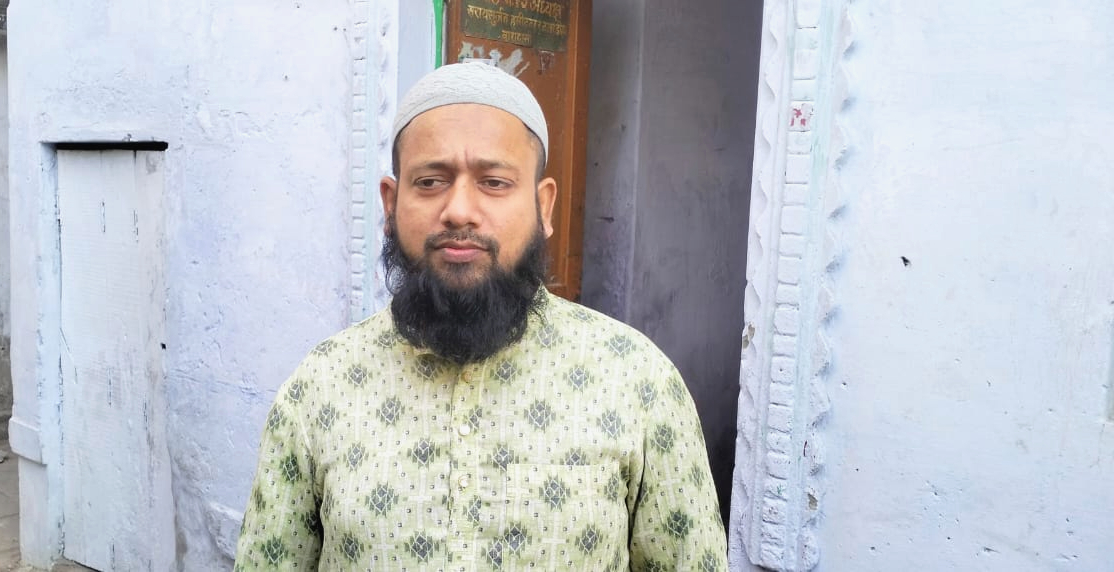
Migration of Skilled Artisans
The first blow to the livelihood of handloom weavers came from power loom machines. Later, expensive electricity, reduced work, the impact of the pandemic and rampant inflation allegedly pushed weavers to the margins. Skilled artisans who once crafted exquisite Banarasi sarees are now allegedly selling their homes or leaving for big cities in search of work.
Another weaver, Anisur Rehman, says, “Due to delayed payment of wages, and too insufficient due to inflation, my brothers Gulzar Ahmad and Mumtaz Ahmad moved to Surat several years ago. They now work in dyeing and saree packing factory. Our neighbors Naseer and Pappu sold their homes and left Varanasi. Earlier, the entire neighborhood was filled with the hustle and bustle of handlooms and power looms weaving sarees day and night. The streets were alive with people passing by and children playing. But these days, everything feels deserted. Only a few people gather at tea stalls to exchange pleasantries.”
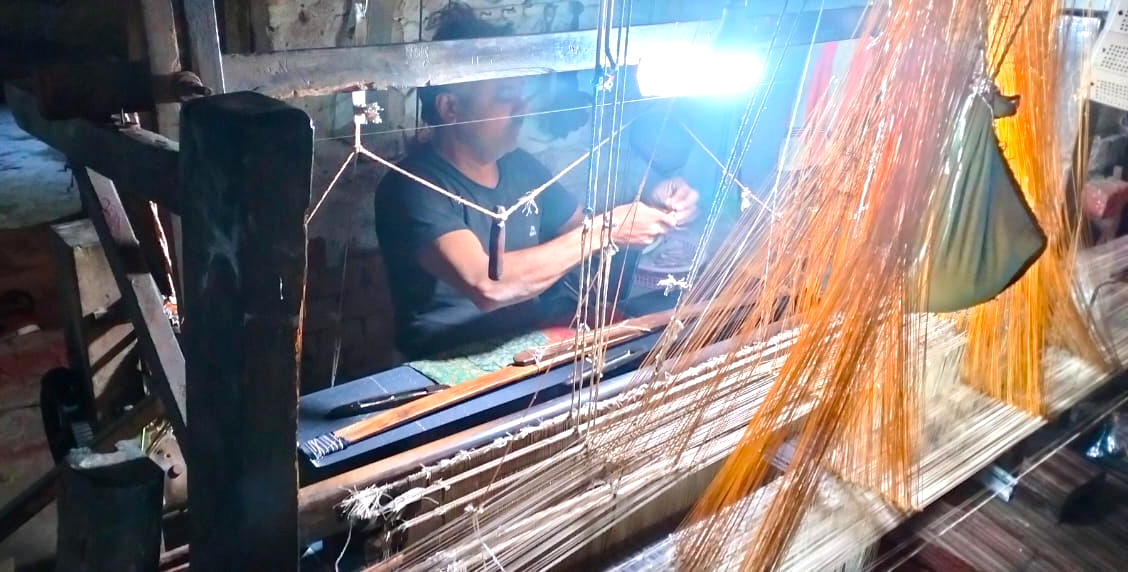
He was echoed by Khalid Jamal who says, “Along with my three brothers Arif, Shaheed and Arif Jamal, thousands of weavers from the area have migrated to Surat, Ahmedabad, Mumbai, Delhi, Hyderabad, Ludhiana (Punjab) and Pune. They are living better lives compared to Banaras weavers.”
Increasing Health Issues
Thirty-year-old Mohammad Nasim, who works on a handloom to create vibrant red and yellow Banarasi sarees, spends a week weaving and then often sits idle for two to three days. “The entire month, I have to focus on threads and intricate designs. Even a single mistake in the weaving process can ruin the quality of the saree. This requires sitting at the loom for 10 to 12 hours a day and keeping eyes glued to the loom. This causes irritation and stinging in eyes. Not only that, the issue of reduced vision among weavers is growing. I myself am facing this difficulty,” he complains.
‘Take a Loan to Pay the Electricity Bill’
The weavers are struggling with the rising electricity bills. They believe the new electricity rates have severely impacted their industry. “I earn less than what I have to pay for the electricity bill. When there is no work, the power loom remains shut. There is no income, yet the electricity bill still has to be paid. A decade ago, the electricity bill was fixed at Rs 72 per power loom machine, but it has suddenly increased to Rs 430 per machine,” alleges Ejaz Ahmed, a young weaver working on a power loom.
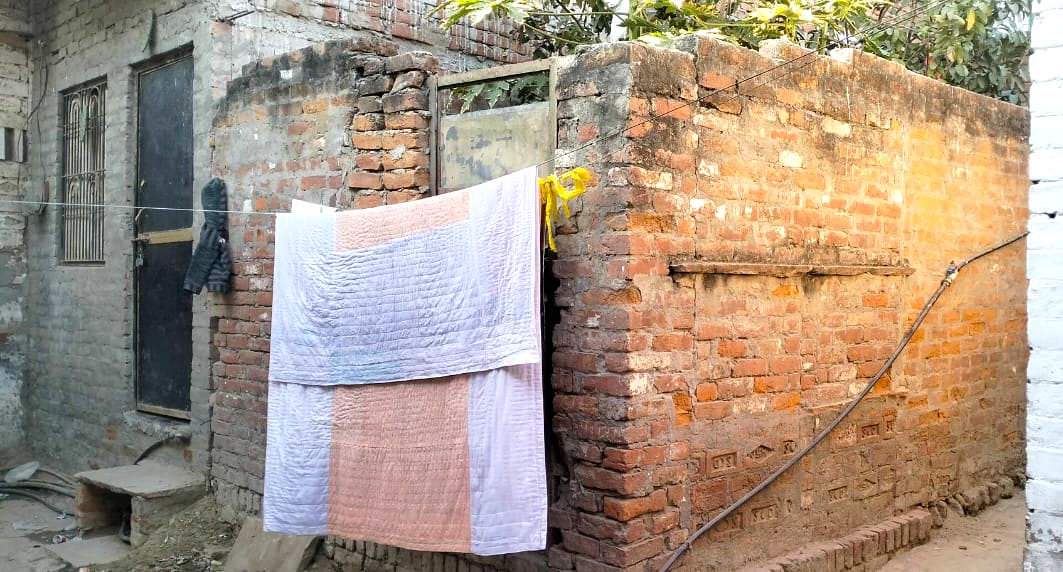
Nisar Ahmed, who had invested Rs 1.25 lakh a few years ago to run his power loom and support his family, sold his machine for just Rs 60,000 allegedly because of high electricity tarriff and other losses. He now works as a laborer on someone else’s power loom.
Safiur Rehman, who has been associated with the industry for decades, says, “My warehouse is filled with racks of ready-made Banarasi sarees.” “The weaving business has been in loss for the past decade, and weavers are struggling to keep themselves and their families alive. Since the Manmohan Singh government, weaving has been in decline. There is no work, and even the little work available does not pay fair wages. If a craftsman prepares 100 sarees, only 10 are sold. Years of stock are lying here with me, tying up my capital on a large scale.”
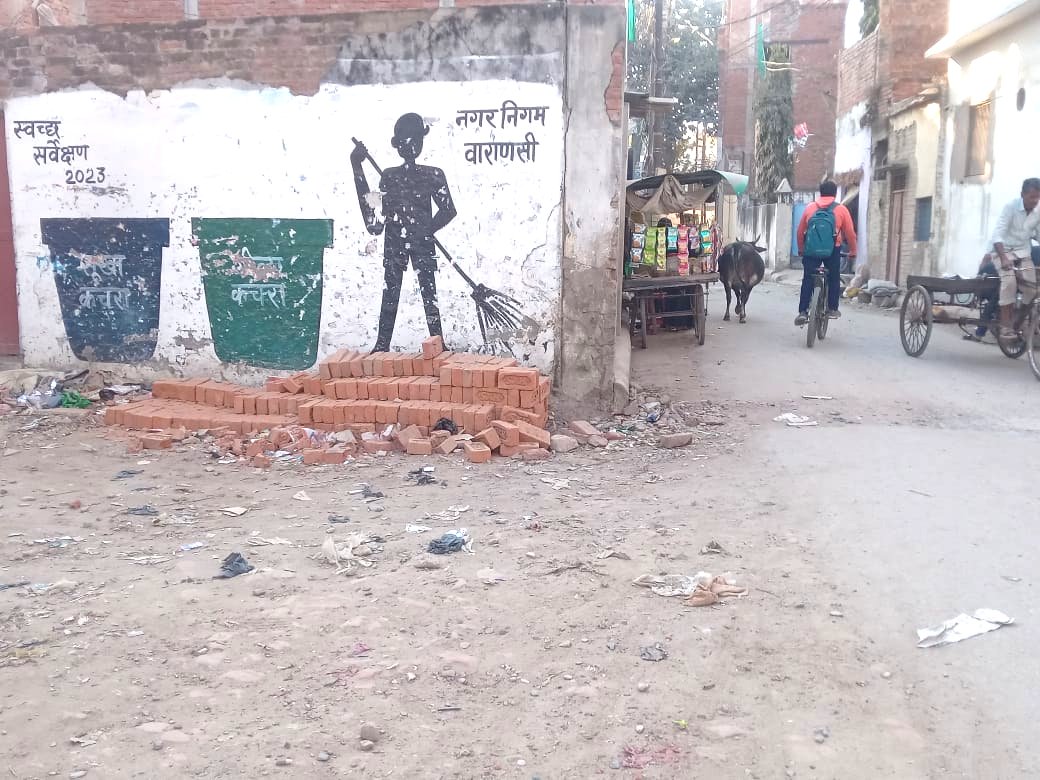
In recent decades, says Wasim Ahmed, a journalist who keeps reporting on the plight of the artisans, the problems of weavers have been barely addressed. “A weaver has to provide at least 18 documents to get a worker’s card. Electricity has become expensive. Wages have not increased. Inflation has skyrocketed. The government tried to revive the dying industry through GI tags and the ODOP, but there has been no improvement on the ground.”
Meanwhile, the poor sanitation condition of Bajardiha mocks the Swachh Bharat Mission. Dilapidated streets, open manholes, heaps of garbage and other issues are troubling the citizens. “The struggles of lakhs of artisans are a slap in the face of the smart city initiative,” says Waseem.
(Pavan Kumar Maurya is an independent journalist.)


